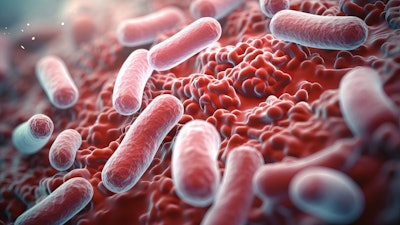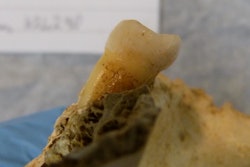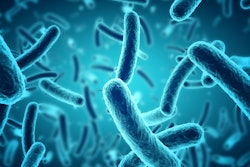
The second plague pandemic of the mid-14th century, the Black Death, led to dietary changes that potentially caused changes in oral bacteria that contributed to systemic disease in modern humans, according to research recently published in Nature Microbiology.
Ancient DNA revealed two distinct microbial communities of bacteria: Streptococcus, a germ associated with periodontal disease that is found in humans today, and Methanobrevibacter, a germ considered distinct in healthy modern humans. By investigating the roots of these bacterial communities, it was found that nearly 11% could be explained by temporal changes, including the start of the Black Death, which may prove the unexpected, long-term consequences of respiratory diseases, the authors wrote.
“Pre-industrialized microbiomes were more diverse than previously recognized, enhancing our understanding of chronic, non-communicable disease origins in industrialized populations,” wrote the authors, led by Dr. Laura Weyrich, PhD, an associate professor at Pennsylvania State University (Nat Microbio, November 29, 2023, Vol. 8, pp. 2315-2325).
To further examine this relationship between the Black Death and the oral micobiome of humans today, 235 ancient dental calculus samples from individuals living in Great Britain (approximately 2200 BCE to 1853 CE) -- including 127 well-contextualized London adults -- were used to reconstruct their microbial history spanning the transition to industrialization, they wrote.
The researchers reported 954 different microbial species, which were categorized into two distinct groups of bacteria. The bacteria in the Streptococcus-dominated group showed functional traits strongly connected to modern diets rich in carbohydrates and dairy consumption and low in fiber, as well as the association with periodontal disease. The progression of periodontal disease can lead to respiratory disease, rheumatoid arthritis, coronary artery disease, and blood sugar issues in diabetes, the study's authors wrote.
The Methanobrevibacter-dominated group lacked traits associated with dairy and sugar consumption -- traits more commonly linked to diets of ancient humans but also with skeletal markers of diseases, including joint pathologies. Though temporal changes partially contributed to the shift in oral microbiome composition, advancements in public hygiene, culture, and nutrition after the pandemic also may have led to changes.
However, the study had limitations. Further research is needed to explore other contributing factors to the perceived absence of the Methanobrevibacter-dominated group, including shifts in medical care and modern dentistry, the authors wrote.
"Importantly, this work helps to inform our understanding of modern-day chronic, noncommunicable diseases,” Weyrich added.




















